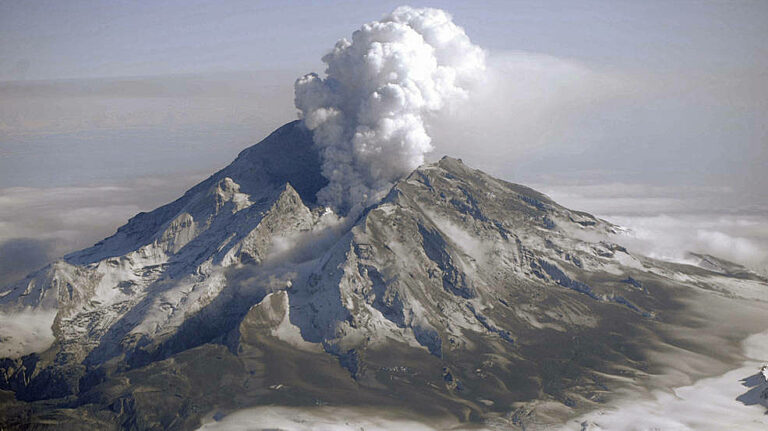Rae Paoletta • Nov 11, 2021
Mind-blowing pictures of the solar system's most volcanic worlds
Over the last several millennia, volcanoes racked up some ill will here on Earth. It’s really more of a PR problem, since most of the time volcanoes are in the news it’s about towns and cities they’re leveling. History hasn’t exactly been kind to volcanoes either, especially the ones — ahem, Vesuvius — that sabotage civilizations.
Volcanoes are undeniably destructive. But it might be fairer to view volcanoes as harbingers of change, since volcanoes also sculpt geographical features and enrich the soil that gives rise to new life. That’s just on Earth, though — we’re lucky enough to have volcanoes scattered all across the solar system, some of which are wildly different than what we’re used to.
So, having said all this: where are the space volcanoes? Here are some scientists have spotted and others that seem to be suspects.
Io
Verdict: Volcano world for sure
Jupiter's mercurial moon Io is widely considered the most active volcanic moon in the solar system. Some — including NASA — say it's the most volcanically active world we know of.
"The largest and most powerful volcano on Io is Loki," said Julie Rathbun, a senior scientist at the Planetary Science Institute in Tucson, Arizona studying Io's volcanoes. "It's a giant lava lake — yes, a lake of liquid magma — about 200 kilometers (about 125 miles) across. Not only is Loki huge and puts out a ton of energy, but it also often behaves in a predictable way, erupting on schedule approximately every 500 days."
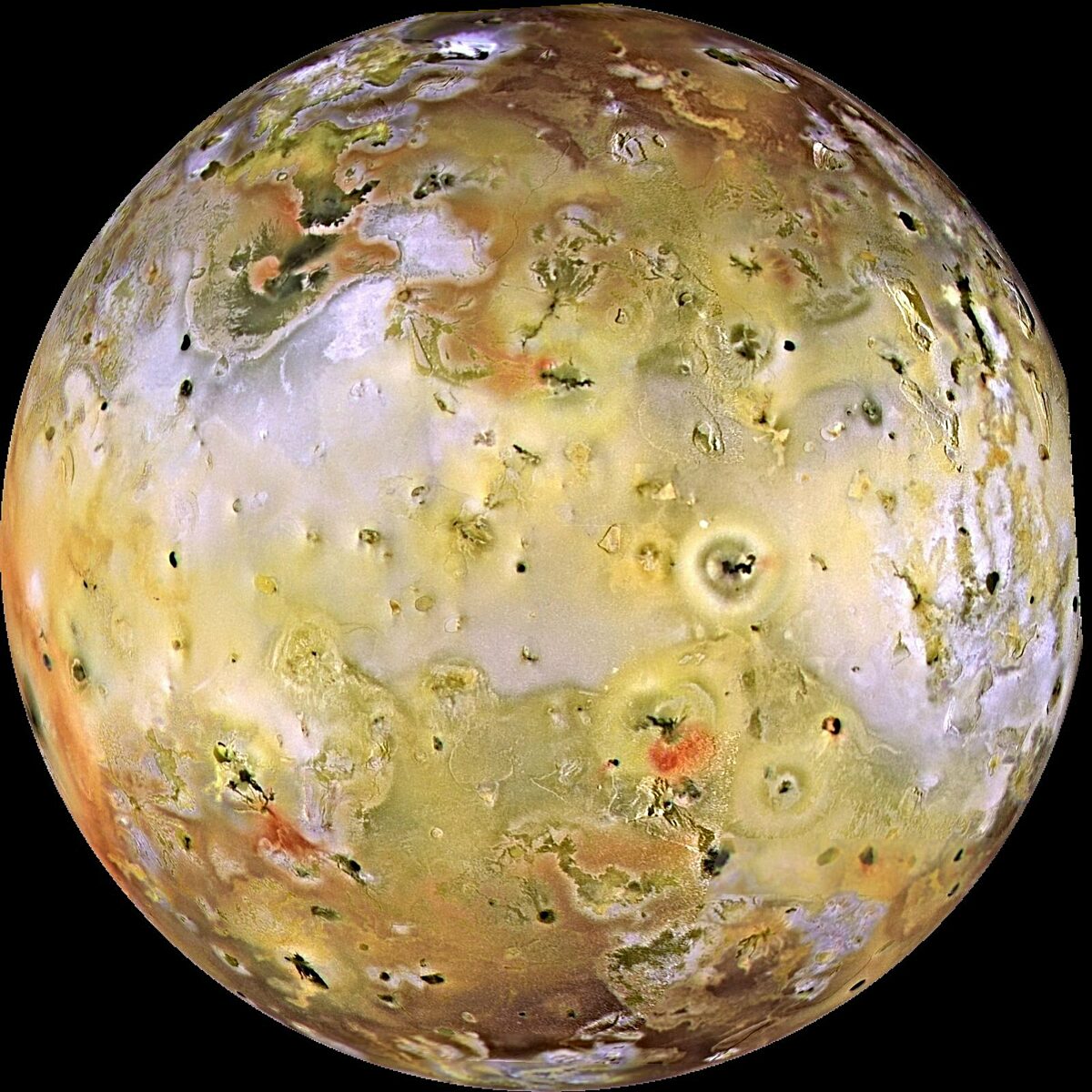
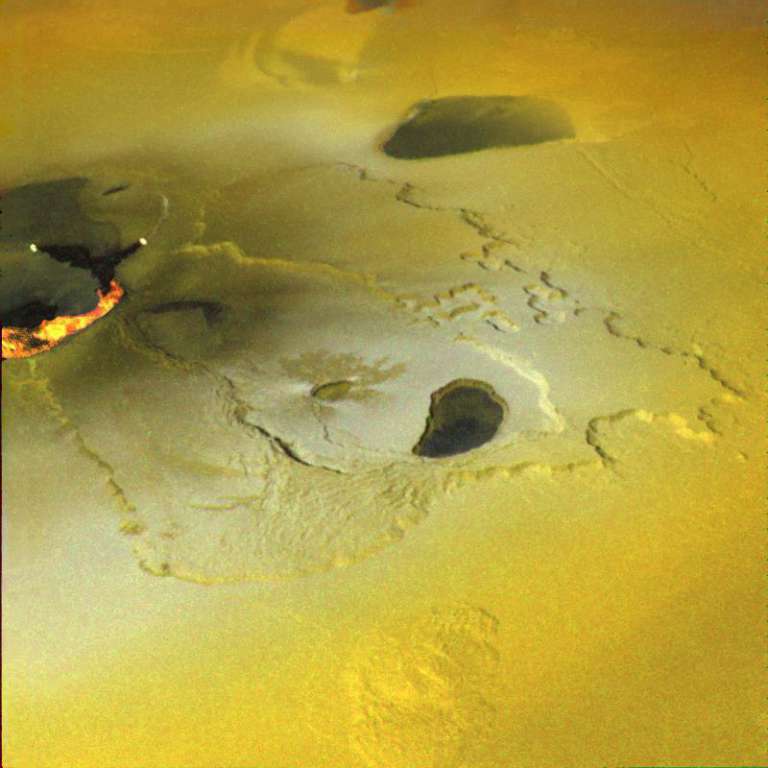
Loki is one of the hundreds of volcanoes that cover Io's surface. Jupiter's other Galilean moons — Europa, Ganymede and Callisto — don't show anywhere near this level of activity, so why does Io have so many volcanoes?
"Because of the way Io and the other Galilean Satellites orbit Jupiter, Jupiter is constantly squeezing Io in every orbit," Rathbun said. "All of this squeezing — a process called Tidal Heating — heats up Io’s interior and that heat is released at the surface as volcanoes."
Venus
Verdict: Yeah, it's got volcanoes, but it's complicated
There's a lot that can be said about Venus, but at least it's not boring. The hostile world may or may not have hosted life; however, it's definitely home to many volcanoes. In fact, Venus may have the most volcanoes of any planet in the solar system.
"Theia Mons is the largest volcano on Venus, rising to a height of about 4 kilometers (about 2.5 miles) above the surrounding plains but with a lateral extent of almost 800 kilometers (about 500 miles)," said Paul Byrne, a planetary geologist at Washington University in St. Louis. "It's a monster, though it's not the tallest volcano on Venus, which is Maat Mons. Both are huge shield volcanoes, of the same type as the Hawaiian islands on Earth, say, or the Tharsis Montes and Olympus Mons on Mars."
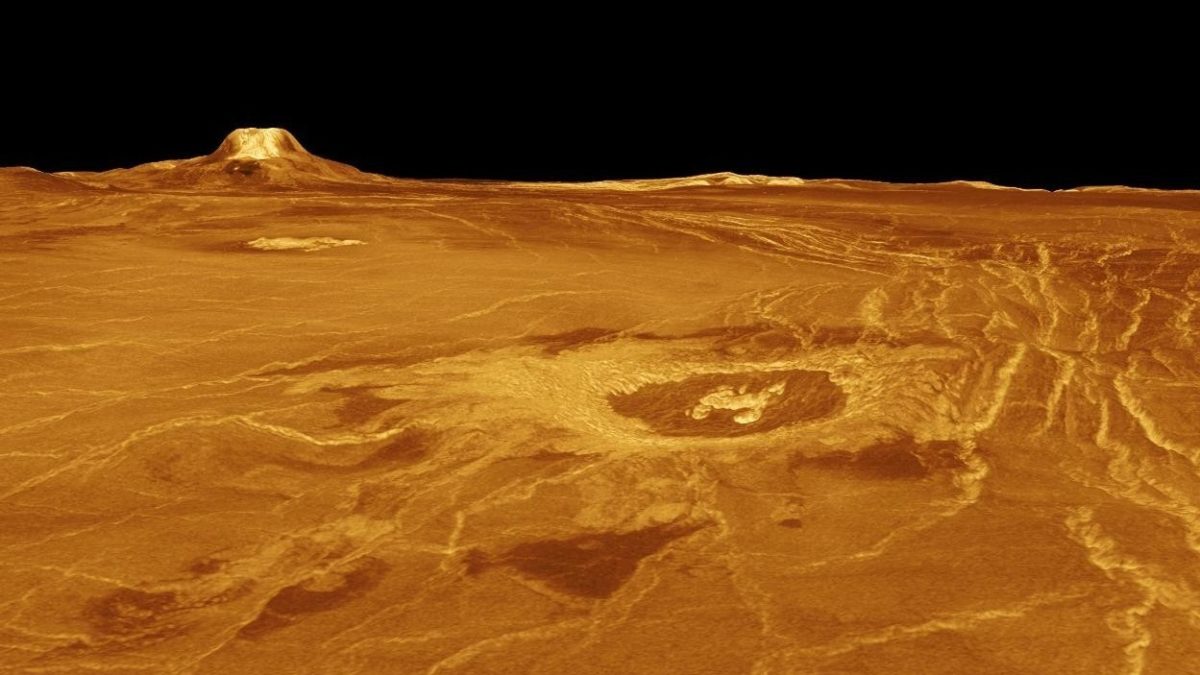
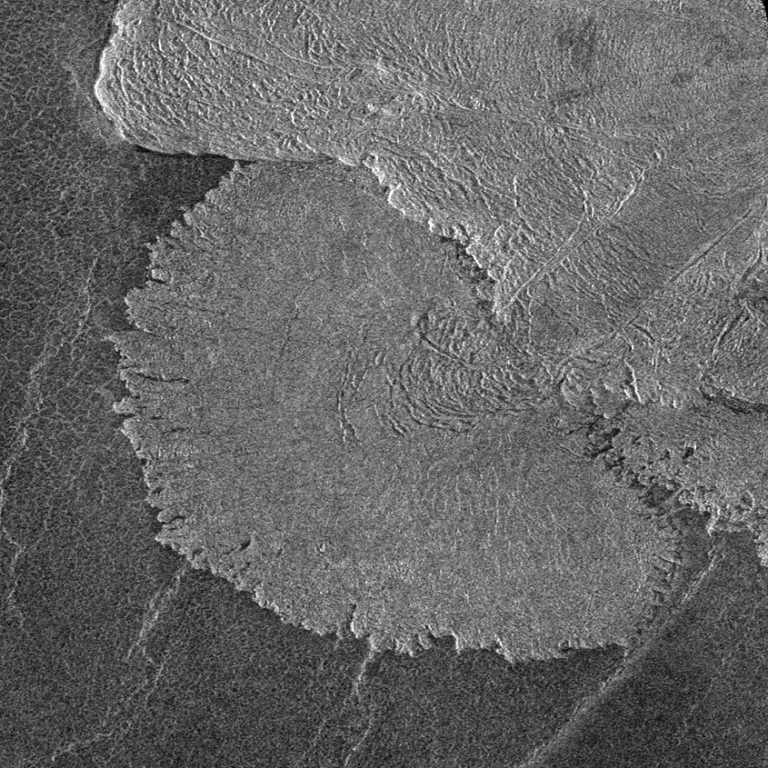
While we know Venus is full of volcanoes, we don't know how many active volcanoes there are — if any. Recent research suggests there may be at least 37 active volcanoes on the greenhouse world, but scientists have yet to directly image them. Hopefully, upcoming missions to Venus — including VERITAS, EnVision and DAVINCI+ — will provide more evidence for active volcanism on the planet.
Though Venus is literally and figuratively shrouded in mystery, one thing's for sure: just like on Earth, Venus' volcanoes have sculpted the surface. Their hand in molding the geography is part of what makes the planet so distinct.
"One of the most striking things about Venus is the relative lack of large impact craters and basins, and we think the reason for this dearth is volcanic resurfacing," Byrne said.
Europa
Verdict: Well...
Not to get too philosophical here, but Europa begs the question: what even is a volcano? If we're using the most basic definition — a surface opening where something like lava and/or gases escape — then yeah, you could say Europa shows signs of volcanic activity. Kind of.
"There's some evidence that Europa is volcanically active, though this in part depends on what you consider 'volcanic activity,'" Byrne said. "Remote observations of Europa with, for example, the Hubble Space Telescope has found evidence for plumes at the moon's surface, like a fainter version of those we see at Saturn's moon Enceladus. But it's not the kind of activity we associate with the inner planets or another of Jupiter's moon, Io, for example."
The wildcard with Europa is whether it has a) a subsurface ocean beneath its icy crust, and b) a core hot enough to help create seafloor volcanoes. New research says it may be possible, but for direct insights, we'll have to wait for Europa Clipper to reach the Jovian moon in 2030.
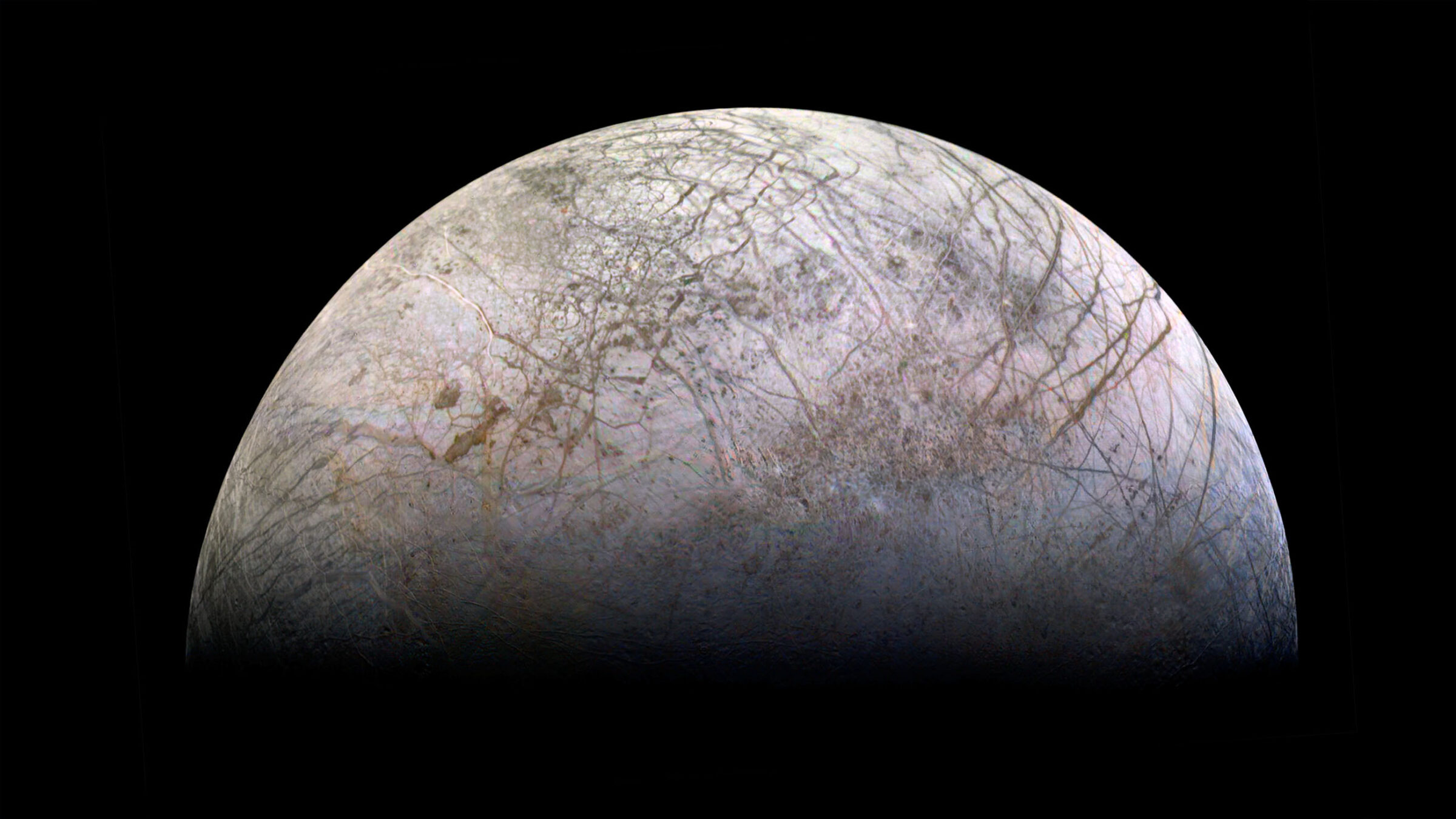
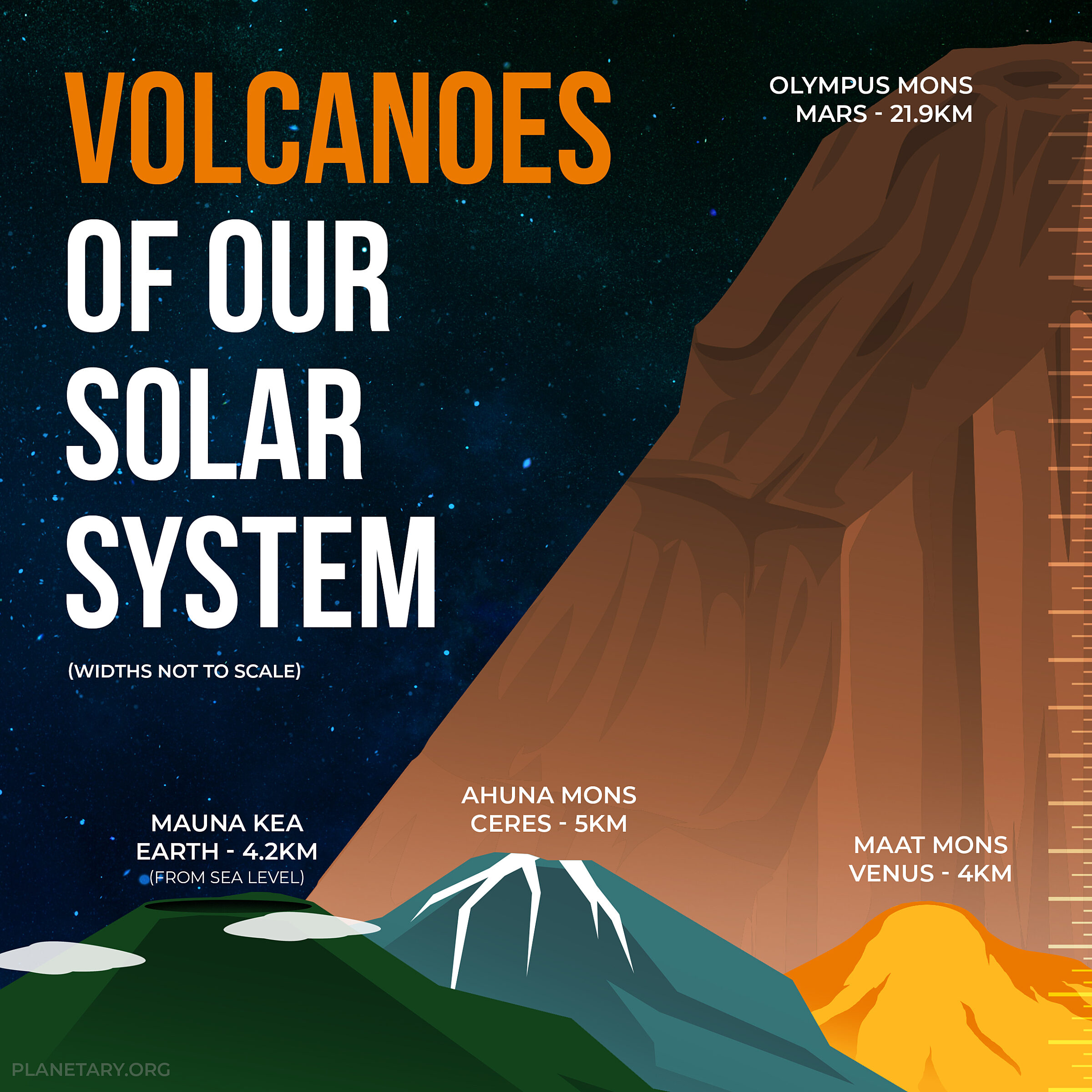
Triton
Verdict: Yes. Also, is there anything cooler than ice volcanoes in space?
Though it sounds like something from sci-fi, Neptune's mysterious moon Triton really does have cryovolcanoes, also known as ice volcanoes. These kinds of volcanoes are found on icy worlds and release volatiles like water and methane rather than molten rock.
"The cryovolcanic activity on Triton is mostly by basins infilled with viscous cryolava, plus active geysers," said Caitlin Ahrens, NASA postdoc at Goddard Space Flight Center who's contributed to several books on space volcanoes. "The geysers are still under debate as to how they work — they are either endogenic (pressurized, tidally bits of nitrogen from the subsurface) or exogenic (sublimation erosional process to expose the nitrogen pockets to spurt)."
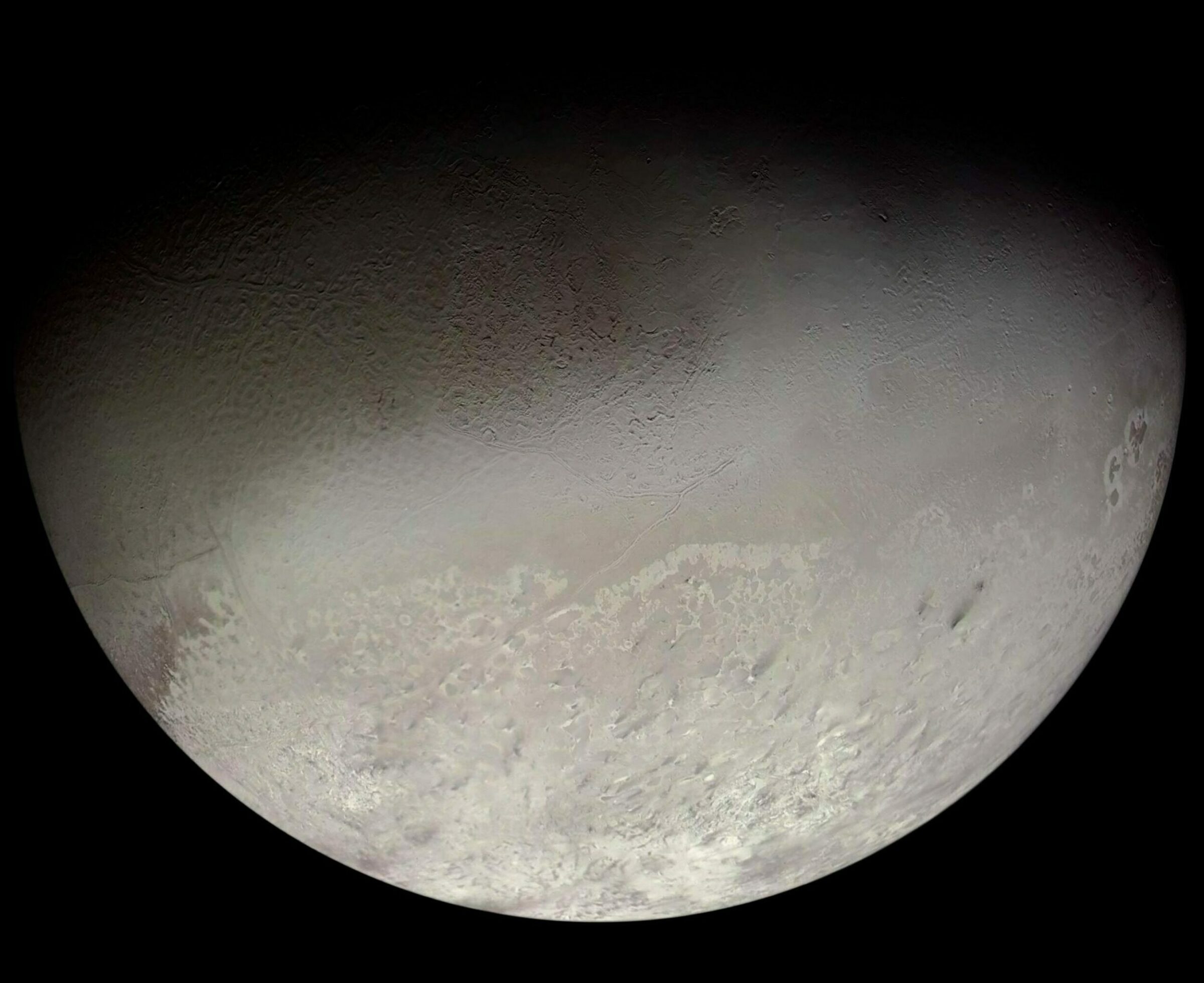
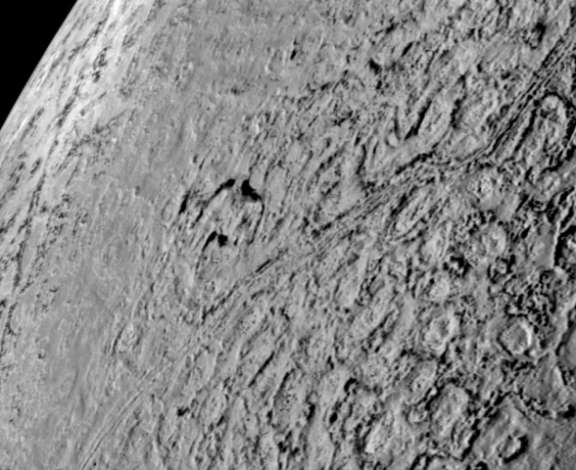
Only one spacecraft — Voyager 2 — has ever visited Triton. In 1989, the spacecraft took pictures of volcanic plumes coming from the moon. But there haven't been any missions to Triton since then, so there's still a lot we don't know about the far-flung world and its ice volcanoes. Hopefully that changes someday soon.
Enceladus
Verdict: Not your typical "volcano world," but it definitely has active ice geysers — lots of them.
There's so much to love about Enceladus. In addition to being a location of interest in the search for life, the Saturnian moon appears to have a subsurface ocean and active geysers in its south pole. NASA's Cassini spacecraft flew through and sampled these geyser-like plumes several times, the results of which are still being analyzed by scientists around the world.
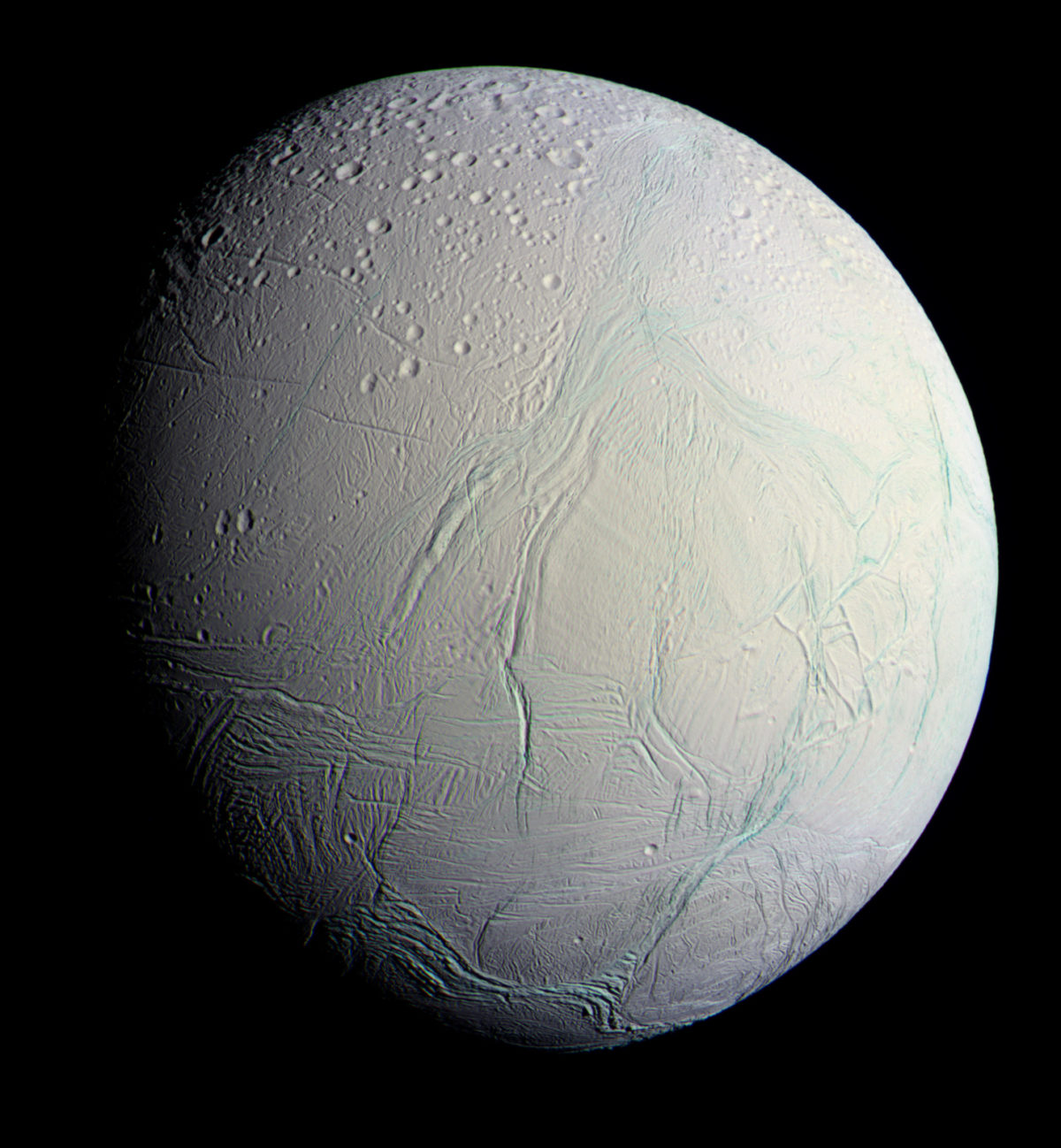
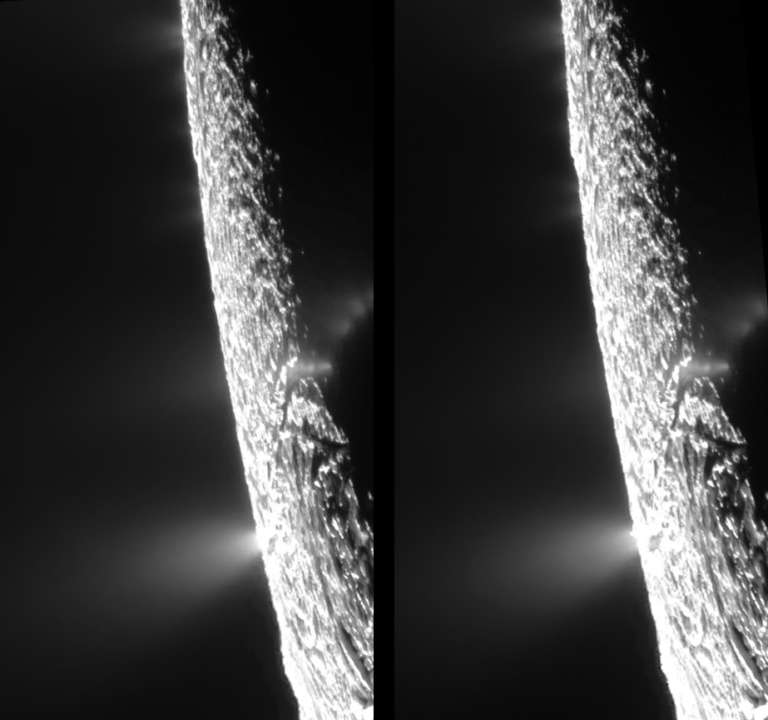
Enceladus' geysers are likely linked to the "tiger stripes" that decorate the world's southern hemisphere. Some research shows that more than 100 geysers can be found along these regions of fractured terrain; it's possible that Saturn's gravitational pull on Enceladus causes it to compress and stretch, putting stress on the tiger stripe regions and influencing the geysers within them.
Earth
Verdict: C'mon. We all know it's a volcano world
Don't get mad at me — Earth is technically in space, right?
Our planet deserves a little credit for its volcanic past and present: there are about 1,350 potentially active volcanoes on Earth right now. At 4 kilometers (13,100 feet) above sea level, Hawai‘i’s Mauna Loa holds the title of the largest active volcano on Earth.

So why is our planet so rich in volcanoes compared to other places in our solar neighborhood?
“Earth has the magic of plate tectonics and an active mantle,” said Ahrens. “Other worlds have active — or sometimes partially active — mantles, but their crusts would break or bend or move as one big 'shell,' and not puzzle pieces like Earth’s."
Let’s Go Beyond The Horizon
Every success in space exploration is the result of the community of space enthusiasts, like you, who believe it is important. You can help usher in the next great era of space exploration with your gift today.
Donate Today

 Explore Worlds
Explore Worlds Find Life
Find Life Defend Earth
Defend Earth


